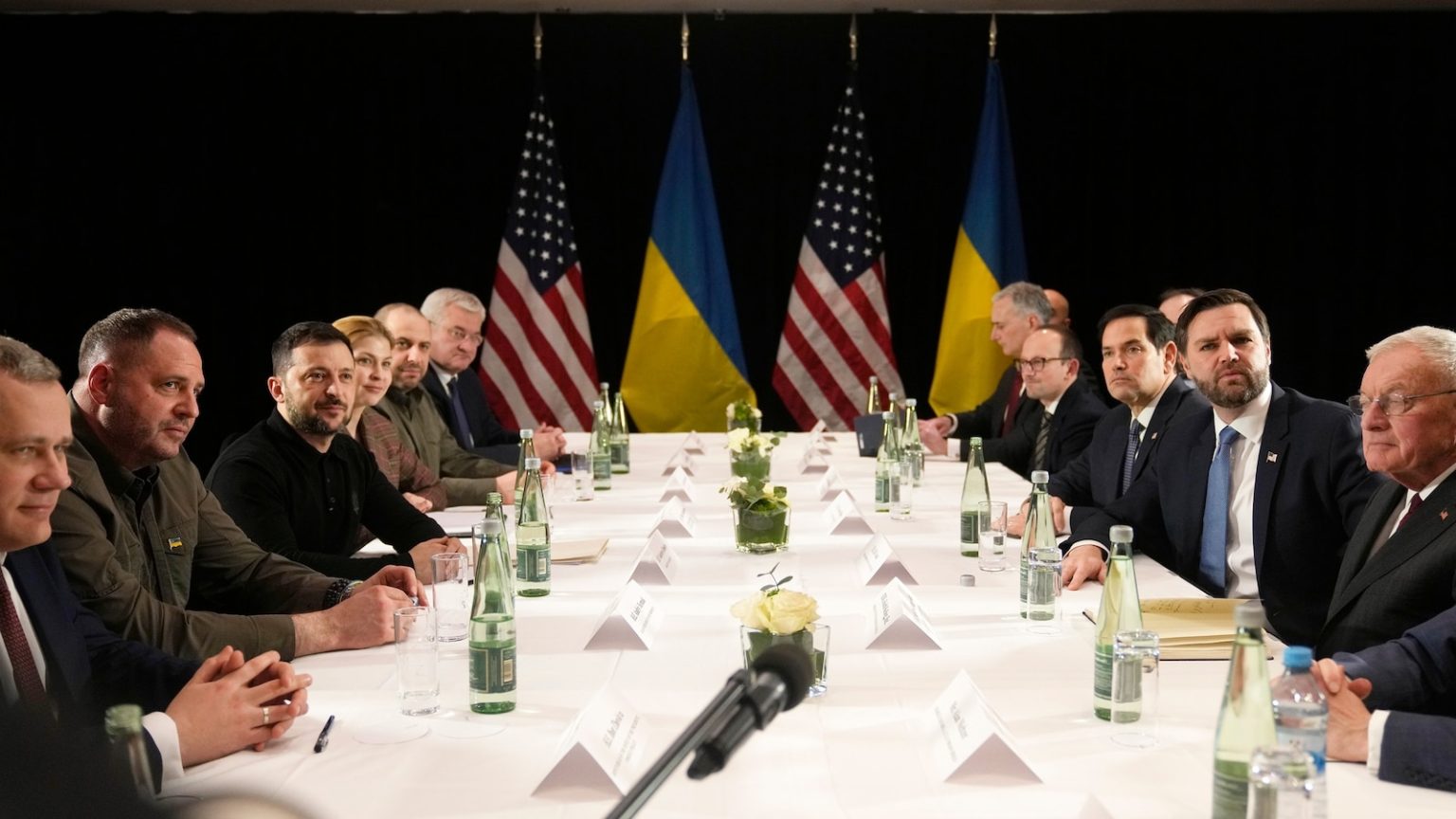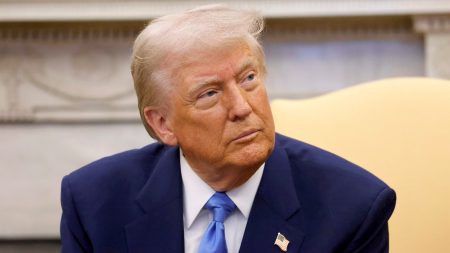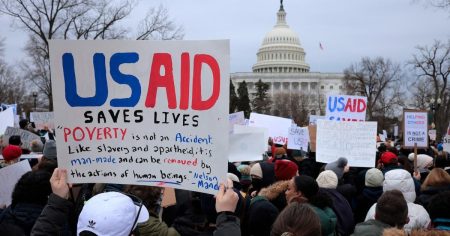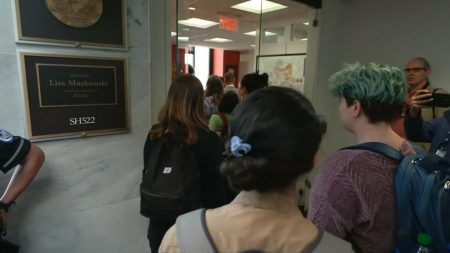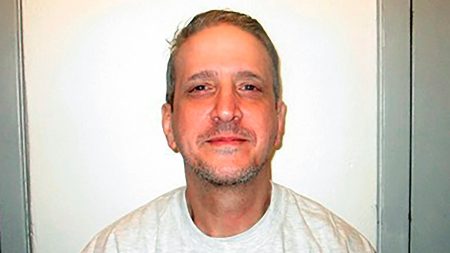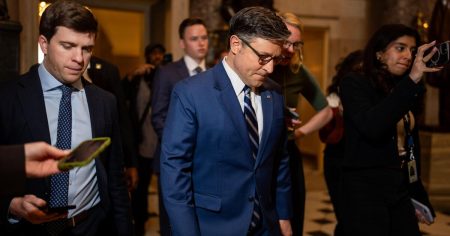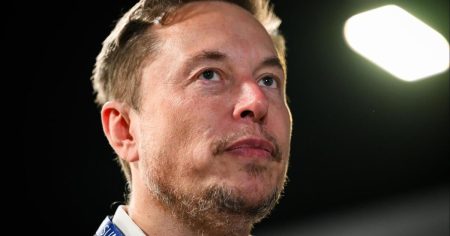A New Path Toward Peace: The Meeting Between JD Vance and Volodymyr Zelenskyy
In a significant step toward addressing the ongoing Russia-Ukraine conflict, US Vice President JD Vance and Ukrainian President Volodymyr Zelenskyy convened on the sidelines of the Munich Security Conference. Their meeting underscored the shared goal of achieving a durable peace, emphasizing the importance of halting the conflict without sowing seeds for future discord. Vance highlighted the fruitful discussions, noting follow-up actions and aligning the meeting’s objectives with President Trump’s vision of ending the war swiftly. Both leaders expressed a commitment to stopping the violence while ensuring long-term stability in Eastern Europe, reflecting a united front in their approach.
United Against Aggression: The US-Ukraine Cooperation
The meeting between Vance and Zelenskyy was not just a symbolic gesture but a strategic move to strengthen US-Ukraine collaboration. Zelenskyy expressed gratitude to the US and President Trump for their unwavering support, which has been crucial in Ukraine’s resilience against Russian aggression. The discussion centered on forming a plan to counter Vladimir Putin’s advances, with Zelenskyy stressing the necessity of security guarantees for Ukraine’s future. This emphasis highlights Ukraine’s determination to defend its sovereignty and territorial integrity, aligning with the broader objectives of the US and its allies.
The European Challenge: Vance’s Call for Renewal
During his address at the Munich Security Conference, Vice President Vance presented a critique of Europe’s current trajectory, urging a return to foundational values shared with the US. He pointed to internal challenges such as defense spending, migration policies, and censorship as more pressing threats than external adversaries like Russia or China. Vance’s speech, which garnered praise from President Trump, called for European leaders to prioritize conservative values and address these internal issues to ensure stability and cooperation.
Trump’s Diplomatic Endeavors: Engaging Putin and Zelenskyy
President Trump’s recent diplomatic efforts included a 90-minute call with Putin, followed by a conversation with Zelenskyy. While Trump defended his decision to engage with Putin first as a means to explore potential agreements, it sparked criticism from Ukrainian officials and US allies. Despite this, Trump remains optimistic about the possibility of a negotiated settlement, though he acknowledges the early stages of such negotiations. His approach reflects a pragmatic stance, aiming to explore all avenues for peace.
Mixed Signals from the Trump Administration
The Trump administration’s stance on the Russia-Ukraine conflict has been marked by mixed signals, exemplified by Defense Secretary Pete Hegseth’s comments ruling out NATO membership for Ukraine and questioning the feasibility of fully restoring its pre-war borders. Conversely, Vice President Vance suggested that military action remains an option if Russia does not negotiate in good faith. These contrasting viewpoints highlight the administration’s complex strategy, blending diplomatic efforts with a readiness to escalate if necessary.
The Road Ahead: Seeking a Balanced Approach to Peace
As diplomatic efforts continue, the path to peace remains uncertain. Vice President Vance and President Zelenskyy have agreed on the need for a coordinated plan, emphasizing the importance of ongoing collaboration. Zelenskyy has made it clear that any meeting with Putin must be preceded by a unified strategy with the US and EU, ensuring Ukraine’s security and interests are protected. The administration faces the challenge of balancing diplomatic engagement with military preparedness, navigating a complex geopolitical landscape to achieve a lasting resolution. While the journey ahead is fraught with challenges, the commitment to dialogue and strategic planning offers hope for a peaceful outcome.





